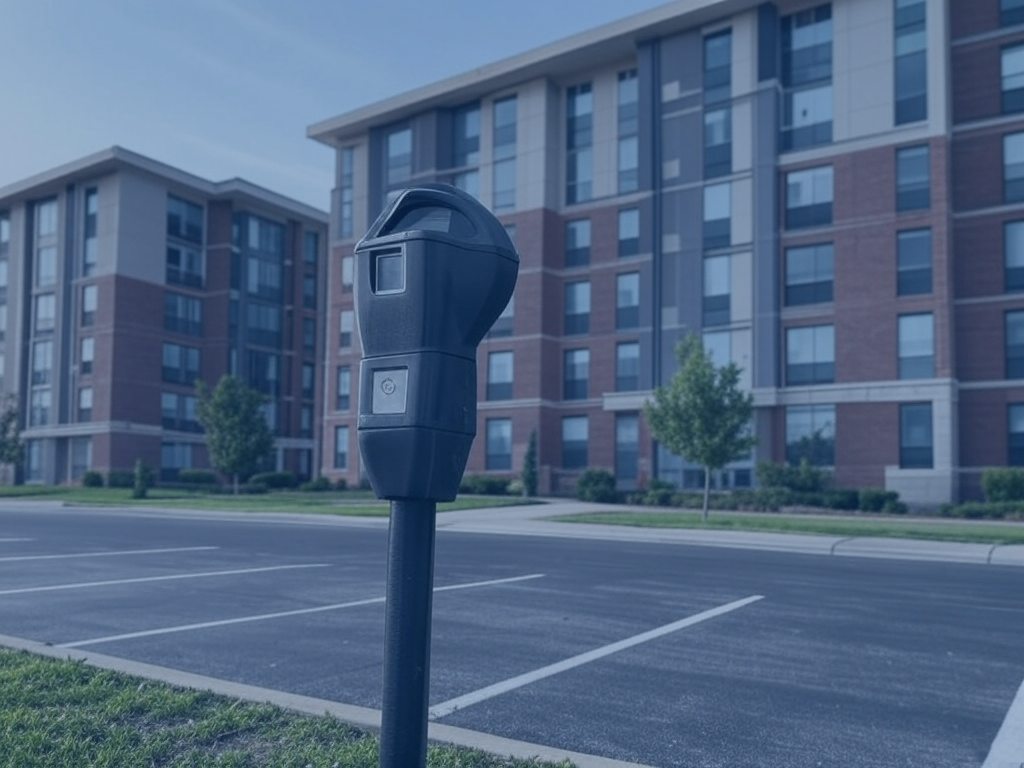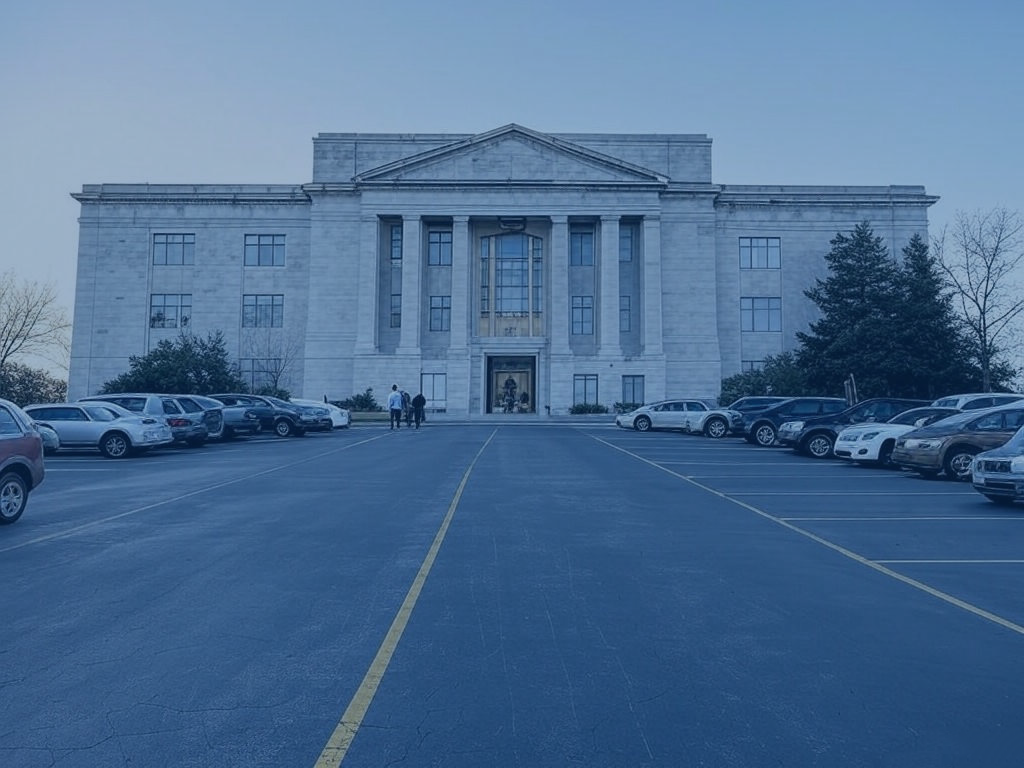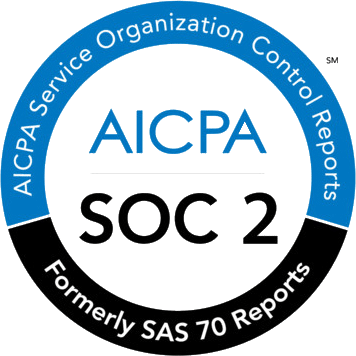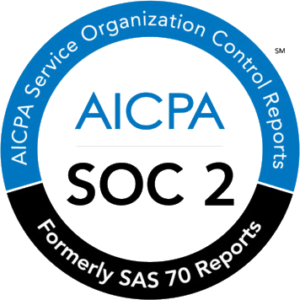Hybrid working is here to stay.
In fact, according to recent research, over 80 percent of people view the mix between on-site and ‘at home’ as the optimal way to work. And let’s be honest, keeping staff happy makes everyone’s lives easier.
Of course, hybrid working isn’t something that suits everyone.
However, if it is what the majority of staff want hybrid working (and it appears they do!), this means a whole new landscape of challenges for employers moving forward. One issue which many businesses are slowly coming to grips with is what flexible work means for employee parking.
Here we are going to have a look at how hybrid working has changed employee parking management and what your business can do to get a handle on parking in the era of flexible work.
Table of Contents
ToggleOptimize your facility management operations
Find out how Wayleadr can help you manage facilities, assets, and resources more effectively
Get a DemoHow has hybrid work changed employee parking?
An article within the Harvard Business Review touched upon a few of the problems that hybrid working brings.
It lists the main challenges as follows:
- Communication.
- Coordination.
- Connection.
- Creativity.
- Culture.
Usefully titled as the ‘five Cs’, this works as a great checklist. Using it, you can check how elements of your organization’s hybrid working infrastructure will be affected.
Take hybrid workforce parking for instance. When you don’t know if your staff are going to be in the office or at home, you don’t know what the demand for spaces is going to be. This is a communication challenge. Likewise, it can lead to coordination problems, with senior members of staff having their spaces reserved, even on days when they are not scheduled to be there.
When it comes to connection, if staff are only coming to the office a few days per week, they are no longer accustomed to the commute. Thus, it’s likely they’ll have less patience when they arrive to a full lot with no spaces.
We are living in a world of connection, where issues are communicated with us directly and easily. This is a level of connection that staff expect in the workplace too.
Of course, that extends to hybrid workforce parking.
On top of that, if your employees are arriving at a parking lot where there are no spaces, they are not arriving happy. Worse still, they could be arriving at a lot where they have to dispute their rights to spaces with other employees.
This is an issue that affects productivity – most of us aren’t creative when we are annoyed. And overall, it can change your workplace’s culture for the worse.
Hybrid working has also allowed people to live further away from the office, as they now have to be present in the workplace less often. There are advantages to this, such as staff morale improving and less vehicle congestion around the office.
However, it also means that staff want more certainty around the days when they are actually in the workplace.
They want to know that there will be a parking space, otherwise they will be reluctant to commute on the days they are actually needed there. If there is a lack of certainty around things like parking, hybrid working will lead to more requests for completely remote working and this doesn’t suit every business.
Of course, there are answers. Organizations can modernize their approach to parking management.
In doing this, they are taking advantage of the available technology and making decisions based off efficiency and data, rather than tradition.
How companies are managing hybrid workforce parking
Hybrid working on this scale is a new phenomenon.
Some businesses aren’t aware that traditional solutions to parking aren’t fit for this dynamic shift. If your company has traditionally not intervened in the lot or moderated its spaces via spreadsheets or a physical notebook, and is still planing to do so, then it’s not moving with the times.
The traditional process doesn’t work well in a hybrid work environment because it is not dynamic. For instance, having someone manually change spreadsheets is guaranteed to lead to problems when several changes have to be made.
This manual process may have worked in the past. However, with modern solutions, it looks antiquated.
Parking management software, such as Wayleadr, offers a solution that will improve efficiency in the lot.
For those of you who haven’t heard of it, parking management software is used by companies to optimize parking lots.
It can be used to manage the influx of cars and ensure the safety of both vehicles and people. It also helps companies manage their access to parking locations and communicate the availability of space with users.
All-in-all, it’s an automated solution that allows your staff to focus on other work. It saves people time and organizations money.
But it does more than that – it also gives you the peace of mind knowing that employees aren’t being unsettled by their parking experience. This is especially important in a hybrid workforce environment.
Take Sodexo for example. They were looking for a way to manage their employees as the pandemic was changing the way they worked.
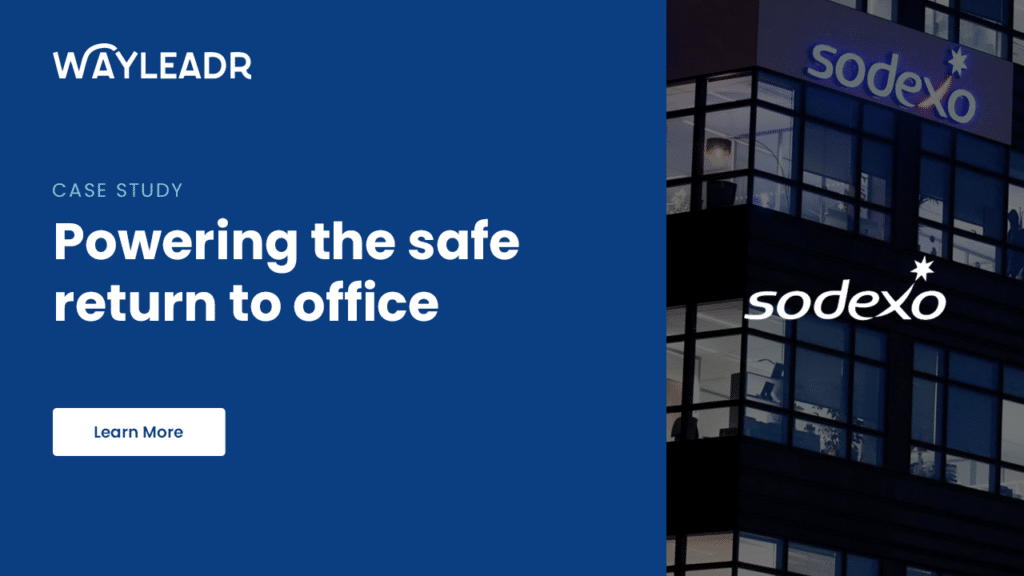
They worked towards a full solution with Wayleadr, which gave their employees more certainty around parking and created a more efficient system.
Overall, the result led to increased communication with employees around parking. This, in turn, led to quicker journeys, less congestion near the office and fewer external parking cost for staff.
Troubleshooting common problems
When it comes to parking, it’s easy to become complacent and think ‘if it’s not broke, then why fix it?’.
What many organizations don’t realize is the level of efficiency they can actually achieve if they embrace a more automated way of doing things.
What do I do when spaces reserved for senior staff members aren’t being used due to hybrid working?
Traditionally, businesses have a few of the best spaces reserved for their senior staff members.
However, in a hybrid work environment, these spaces aren’t being used when these staff members aren’t in the office. Consider how annoying it would be as a junior employee to arrive at the lot, see reserved spaces not being used, yet having no place to park your own vehicle.
When parking management software is used, senior staff still have first refusal for spaces. However, if they are not working from the office, those spaces are free for others to use.
How do I deal with the changing demand for spaces that is part of a hybrid work environment?
Using parking management software a more streamlined way of working and it allows for your company to collect data on the days where there is high demand for parking.
These are statistics you can use elsewhere too. For instance, if you know the office is busy on certain days, you can arrange hybrid work schedules to make it less so.
Can parking management software help with visitor parking and communication?
With manual parking management, looking after visitors can be an absolute nightmare. You are leaving their parking entirely down to fate. They could arrive on a day the lot is full, or park in a bay that’s already reserved. With parking management software, you can pre-book spaces.
One of the other highlights of parking management systems, such as Wayleadr, is the communication tools. An occasion these can be put into good use is where a visitor, or anyone else, parks in the wrong space.
Here, a push notification can be sent to a smart device letting them know they need to move their car. You can even make them aware of where there are available spaces.
Hybrid workforce parking and parking management software
The difference between manual and automated hybrid workforce parking is night and day. One offers you and your organization control, while the other provides the potential for chaos.
If you want to ensure efficiency, move with the times and have an efficient hybrid parking management system, then there’s only one choice for you.

